Phlox paniculata "Ural tales": description and tips for growing
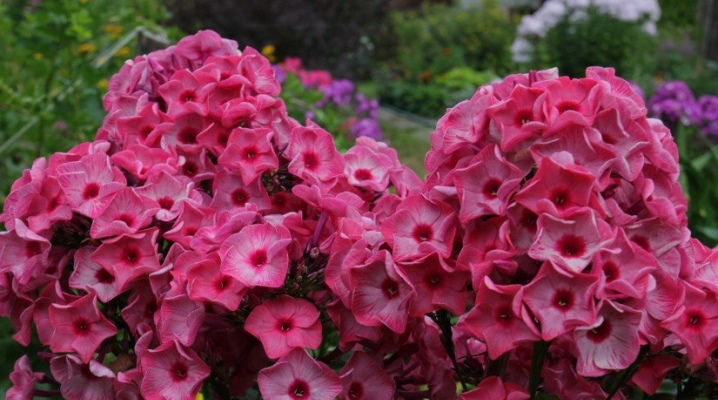
Cute delicate phlox paniculata variety "Uralskie skazy" attract the attention of summer residents not only for their decorative effect and long flowering, but also for their good frost resistance and strong immunity to diseases.
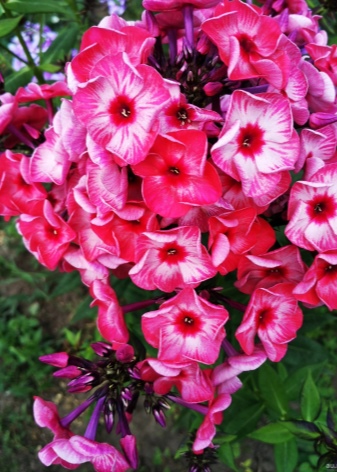
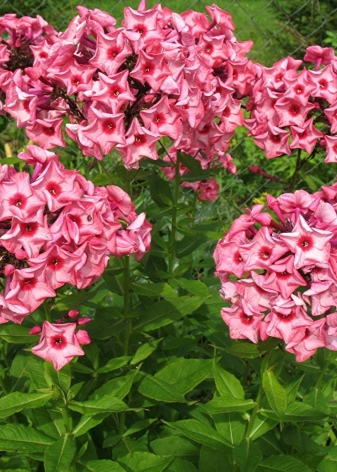
Description
The Uralskie Skazy variety is a perennial crop with bare and smooth stems, which can be used in various group or single plantings. Height reaches 70-90 cm. Flowering begins in late July or early August and lasts about 45 days.
The diameter of the flower is approximately 3.5 cm, the petals are light pink in color with white streaks, a ring of rich scarlet color is noticeable in the middle. The edges of the petals are slightly curved upward. The bush is compact, erect, with dense leaves. The root is powerful, has a depth of about 25 cm. The bright color of flowers does not fade under the influence of ultraviolet radiation. Also, a feature of the plant is the ability to grow rapidly. During flowering, the culture smells pleasantly.
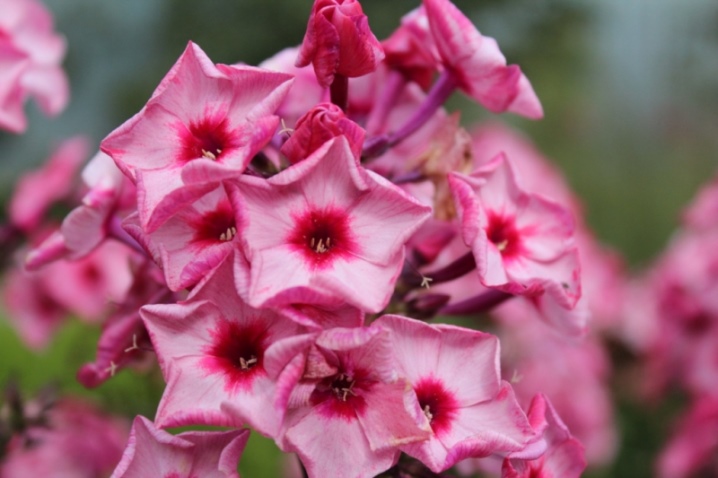
Landing rules
A favorable time for planting is early spring. The flower bed must be prepared in advance, namely loosened and moistened. When choosing a place for planting, you should not consider areas where water stagnation is possible - high humidity is detrimental to the plant. It is best to choose a flower bed on a small hill, far from the flow of groundwater.
Try to avoid places near bushes and trees - with such a neighborhood, phloxes will constantly feel a lack of moisture and sun. Culture loves sunny spaces, but in hot hours it is better to hide it in partial shade.
An overly lit area can cause the petals to lose their brightness, and excessive shade can lead to a weak, defective bloom.
At the first stage of planting, you should dig a planting hole of such a size that the seedling can fit there without any problems, along with an earthen lump. Fertilizers are placed in the pit, mixed with the soil and moistened. Before planting, it is recommended to soak the seedling in a growth stimulator for several hours. Before planting, you need to carefully smooth out the roots and place the planting material in the finished hole so that the top is 35 cm below ground level. The landing site is tamped and watered.
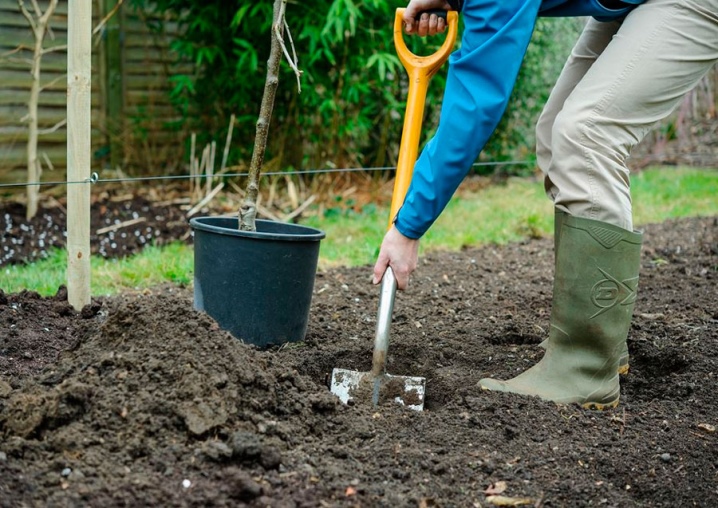
Care
The cultivation of a paniculate variety is reduced to the following stages.
Watering and loosening
Timely hydration is an important moment in the life of a plant. Lack of moisture will negatively affect the health of foliage and flowers. The procedure should be performed clearly under the root and avoid getting drops on the aerial part, otherwise it will provoke the appearance of burns and the development of fungus. In hot weather, flowers are watered once a week, 1 bucket of water is enough for 1 m2. It is important that the ground is moistened by at least 20-30 cm. It is recommended to use warm water for irrigation. To prevent the flower bed from becoming covered with a crust, after watering it should be loosened and mulched, in addition, this manipulation will avoid stagnation of moisture on the soil surface.
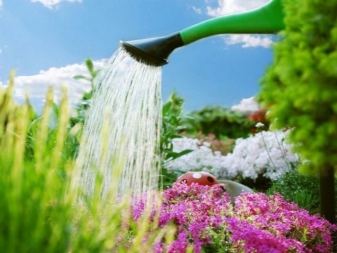
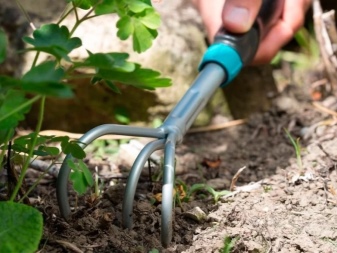
Top dressing
The beginning of the growing season usually falls on April-June, during this period the plant needs fertilization, for example, ammonium nitrate, ammonium sulfate, urea are suitable. In July - August, in the very middle of the growing season, you can use mixtures containing potassium and phosphorus, mullein, chicken droppings, Kemira Universal as additional nutrition. At the end of August - mid-September, preparations are made for the end of the growing season, and now phloxes can be fed with a mixture of water, superphosphate and ash in proportions of 10 l: 20 g: 1 tbsp. respectively. Apply top dressing only at the end of the day and do not overdo it with a portion - an excess of nutrients is harmful, as is their deficiency. If the fertilizer is in a dry form, then it is applied shortly before the expected rain.
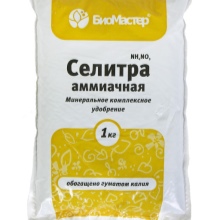

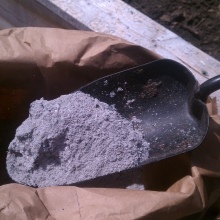
Pruning
The haircut is carried out in the fall in preparation for winter. Depending on the region where the variety is grown, this is usually done in late September or October. Sometimes gardeners also carry out spring pruning of phlox, but these measures usually pursue a decorative purpose - 3 new branches can form at the site of the cut shoot. There are 2 pruning technologies. The first (full) is a cut almost at the root, and the second (partial) provides for the presence of a top about 10-12 cm long. After the procedure, the culture should be treated with fungicides, and the cut parts should be destroyed.
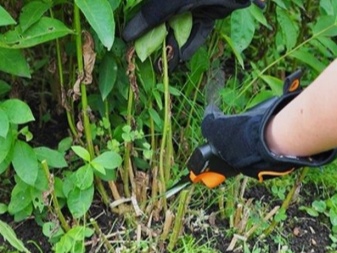
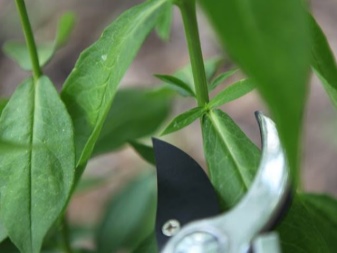
Preparing for winter
Phloxes do not need special protection measures, because this variety is highly winter-hardy. It is only important to carry out the above-described cropping. Some growers dig up bushes for the winter and store them in cellars, but this method of protection is quite laborious. To help the plant survive the winter easier, it is enough to cover it with a thick layer of a mixture of earth, manure and humus.
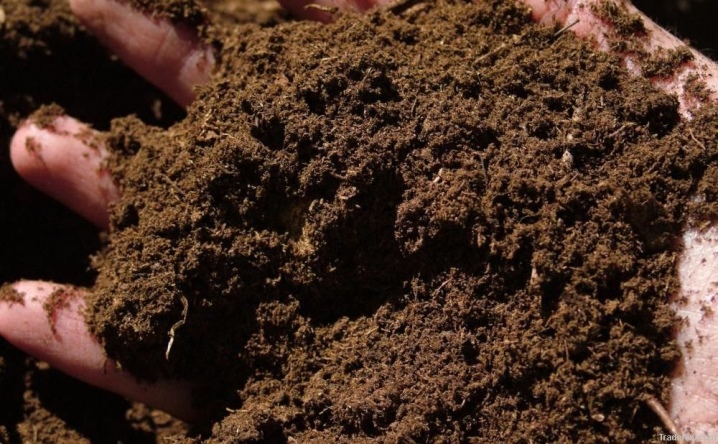
Diseases and pests
Of the diseases, the culture is most often affected by powdery mildew, this is due to excess water. Having noticed the first signs of the disease, the affected leaves should be eliminated. As a preventive measure, it is recommended to treat the plant with a solution of soda or a weak solution of pesticides to combat fungal diseases. The main pest is the stem nematode. Under the influence of this insect, the leaves curl, and the top turns yellow. An effective way of fighting is mechanical harvesting of individuals. Means "Nematofogin-A", "Nematol" and "Deprin" also help, but they can be difficult to find.
For the purpose of prophylaxis for planting plants, use well-rotted straw-based manure.
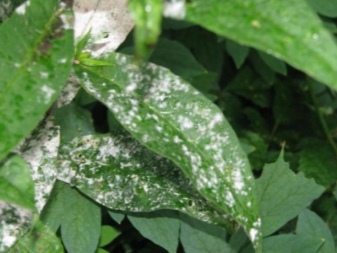

Use in landscape design
The variety "Uralskie skazy" looks very aesthetically pleasing in group plantings in combination with other varieties of phlox. It also harmonizes beautifully next to conifers and exotic cultures. You can “cover” a whole garden “carpet” with flowers, or you can plant phloxes in the center of green plantings. Paniculata varieties can be used in flower beds of various types and are an excellent design solution when decorating borders.
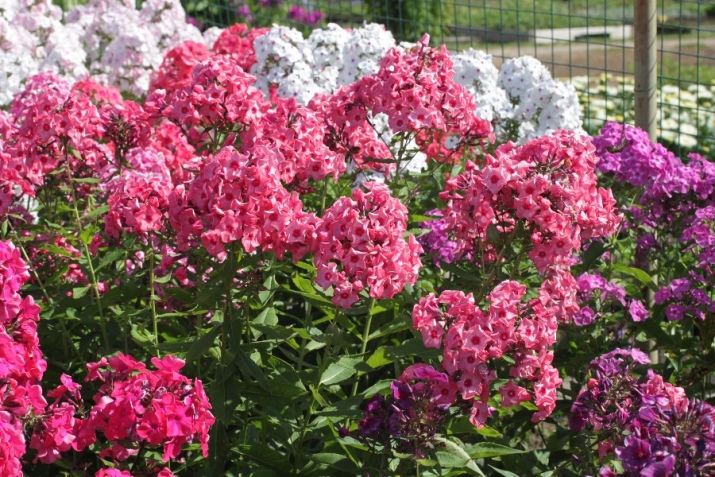
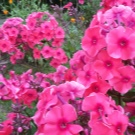


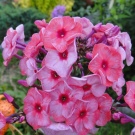

How to grow paniculata phlox "Uralskie skazy", see the next video.







































































































The comment was sent successfully.